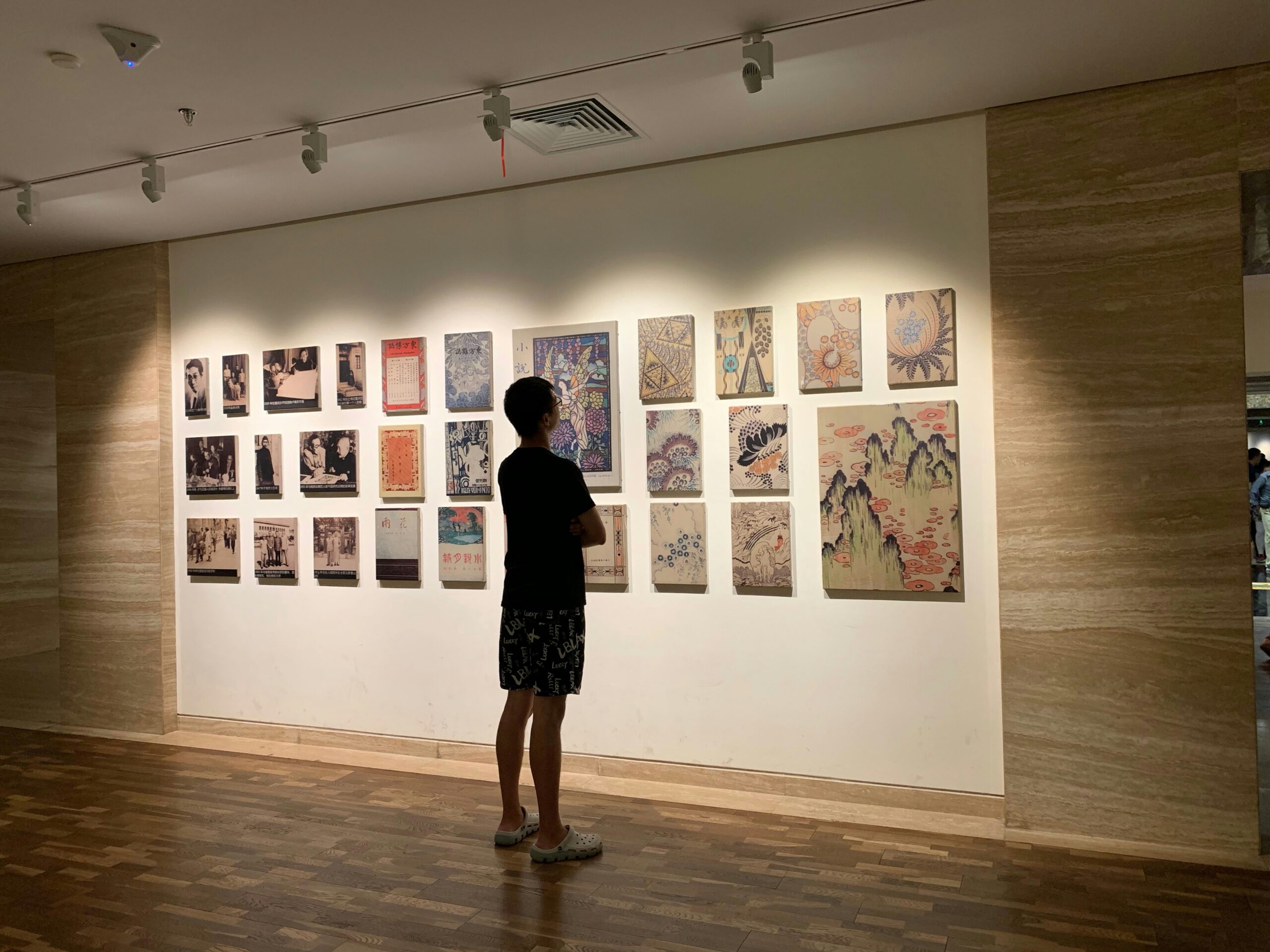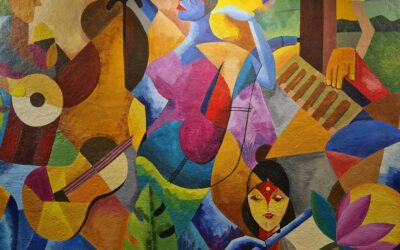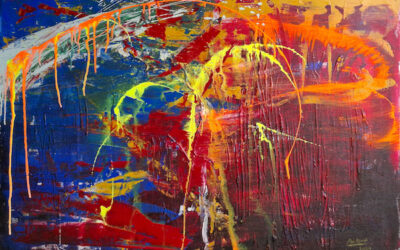A blank canvas is both a challenge and a freedom. Behind every artwork lies a creative process—often unseen—filled with doubt, exploration, and discovery.
1. A Silent Beginning: Staring at Emptiness
For many artists, the beginning of each artwork is a quiet moment.
A blank canvas is more than just a white surface—it’s a mirror reflecting ideas and emotions that are not yet clear.
Some artists begin with sketches; others follow intuition.
But almost always, the first stage is full of uncertainty.
“Will this work?”
“Is this worth making?”
Doubt is part of the process.
2. Finding One’s Own Voice
Every artist carries a unique inner world.
The creative process is a journey to find one’s own voice amidst external noise.
Artists are often influenced by:
The mood of the day
Music they hear
Conversations that linger in the mind
Even the shifting weather
These become sparks for shapes, colors, and visual narratives.
This journey isn’t about imitation—it’s about responding honestly to the world.
3. Between Control and Uncertainty
True creativity happens when the artist allows space for the unexpected.
Paint might spill, lines may go wrong, colors might not work.
But in those “imperfect” moments, magic can emerge.
Many artists find that:
Mistakes become part of their style
Accidents lead to new techniques
Confusion opens new directions
The creative process is rarely linear—it pauses, reverses, and leaps forward.
4. Rituals, Habits, and Freedom
Some artists keep rituals:
Painting in the morning with natural light
Brewing coffee before starting
Playing jazz or ambient music—or complete silence
These routines offer comfort and focus.
But not everything can be planned.
Inspiration might strike at night or during a walk.
Artists learn to stay open to spontaneity.
5. Canvas as a Dialogue
As the work progresses, the relationship between the artist and the canvas becomes a kind of conversation.
Often, the original plan changes completely.
What was once intended might shift based on what the painting itself “asks for.”
Some artists even say:
“I’m not fully in control—I’m listening.”
Creativity means listening to intuition, welcoming doubt, and making space for the unknown.
6. When Is a Work Finished?
This is a classic question that haunts artists.
Sometimes a work feels incomplete, yet adding more takes away its essence.
There comes a moment to let go.
Not because everything is “perfect,” but because the energy has been fully expressed.
The creative process ends not with perfection, but with the honesty to stop.
7. Meaning Behind the Process
For many artists, the final result matters—but the process holds deeper meaning.
It’s where they meet themselves—celebrating small victories, accepting failures, and discovering unexpected things.
Each blank canvas is the beginning of an emotional, spiritual, and intellectual journey.
And every mark is a trace of that path.
Conclusion
The creative process isn’t always shown in galleries.
It lives in messy studios, scribbled walls, silent nights, and restless thoughts.
But there, in that unseen space, honesty and beauty are born—not just from the finished work, but from the path it took to get there.
Because art is not only about what’s seen—but what’s experienced in the making.




